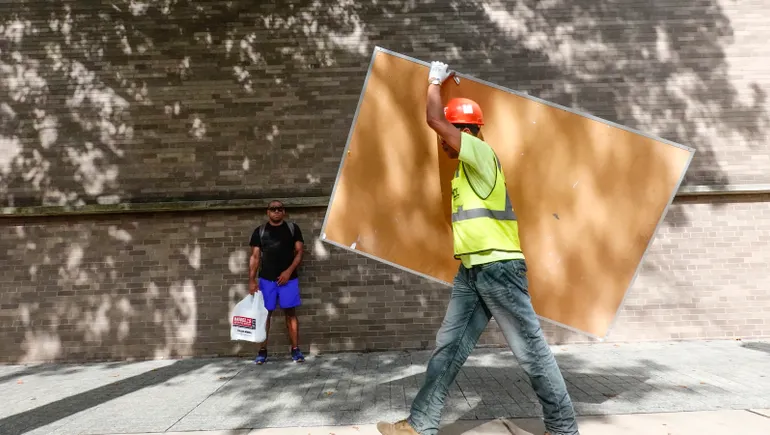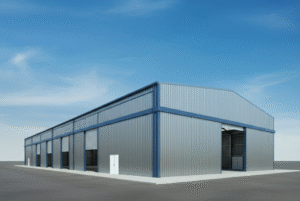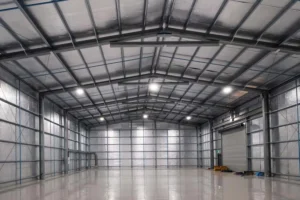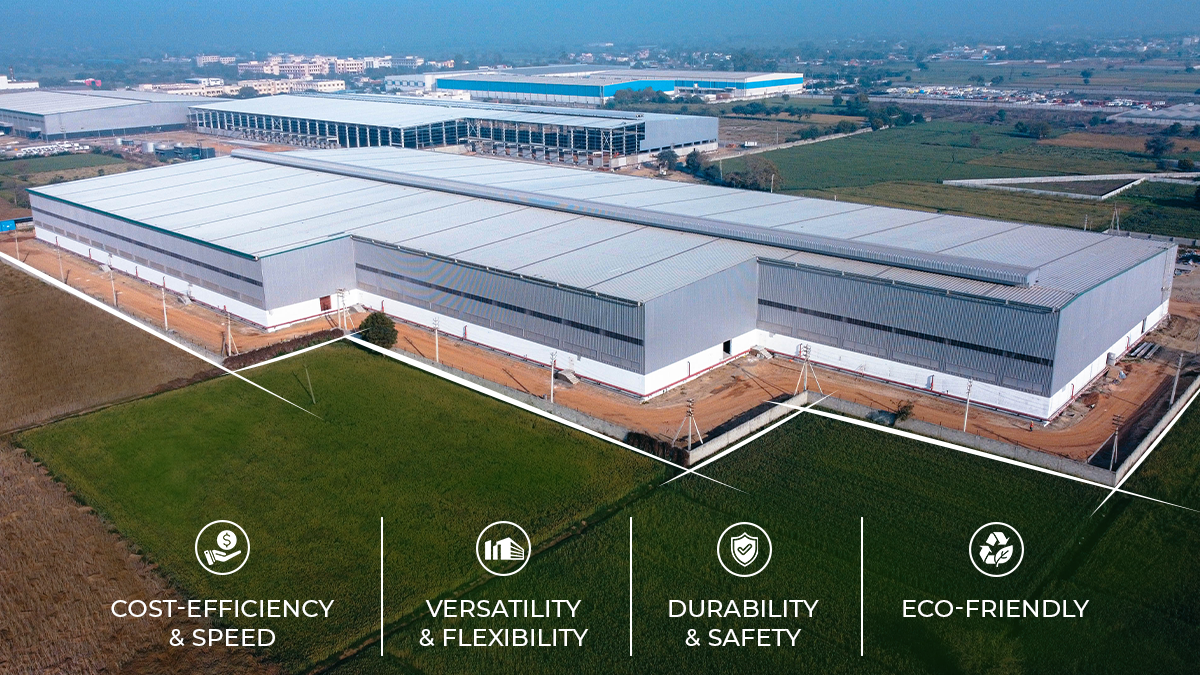
Yale pauses 10 projects as funding worries grow
[ad_1]
Dive Brief:
- Yale University has paused 10 construction projects due to uncertainty around federal funding, a university official said during a recent real estate forecast panel, according to the New Haven Register.
- Construction delays on college campuses have become more common amid rising costs, enrollment shifts and stalled federal research and infrastructure funding, Christopher Fields, senior vice president at Turner & Townsend Heery, an Atlanta-based engineering and construction services firm, told Construction Dive.
- Universities are now increasingly reassessing their capital plans due to federal grant uncertainty, proposed endowment tax changes and shifting indirect cost recovery policies, said Krista Trofka, vice president of government and education advisory at JLL, a Chicago-based real estate services firm.
Dive Insight:
Yale’s construction slowdown signals a growing trend across higher education, where institutions are putting more planned projects on hold.
Institutional starts, which include education and healthcare projects, rose 19% in May, according to Dodge Construction Network. But the growth came mostly from healthcare projects, not universities, said Fields. Year-to-date, institutional activity remains down 2%, according to Dodge.
For example, in addition to Yale, the University of North Carolina at Chapel Hill halted construction in May on a $228 million research building due to federal funding concerns and grant terminations, Axios reported. In Maryland, officials at Johns Hopkins University decided to reduce capital construction and renovation plans by approximately 10% to 20%, according to a June school statement.
In May, Virginia Gov. Glenn Youngkin also paused over $600 million in funding requests for 10 renovation and expansion projects at public universities in the state, according to the latest state budget bill. The governor wrote in the veto letter, “it would not be financially prudent for me to advance these projects to the construction phase with the current risks to our General Fund forecast.”
Those risks, including tariffs, cost volatility and overall labor shortages, have created a more cautious environment across higher education construction projects, said Fields.
“Federal funding uncertainty has delayed planning and approvals at research-heavy institutions, prompting more conservative budgeting and a shift toward phased projects or alternative financing,” said Fields. “Many are increasingly turning to public-private partnerships and donor contributions to bridge funding gaps.”
Institutions that do move forward prioritize projects with clear financial upside and diversified funding sources. That means key academic programs, student housing or mixed-use and leasable spaces, said Trofka.
“Continue forward with projects that enhance an institution’s competitiveness,” said Trofka. “Prioritize those with diversified funding streams, private donations, state funding or private capital, that generate revenue.”
[ad_2]
Source link
Post a Comment
You must be logged in to post a comment.






